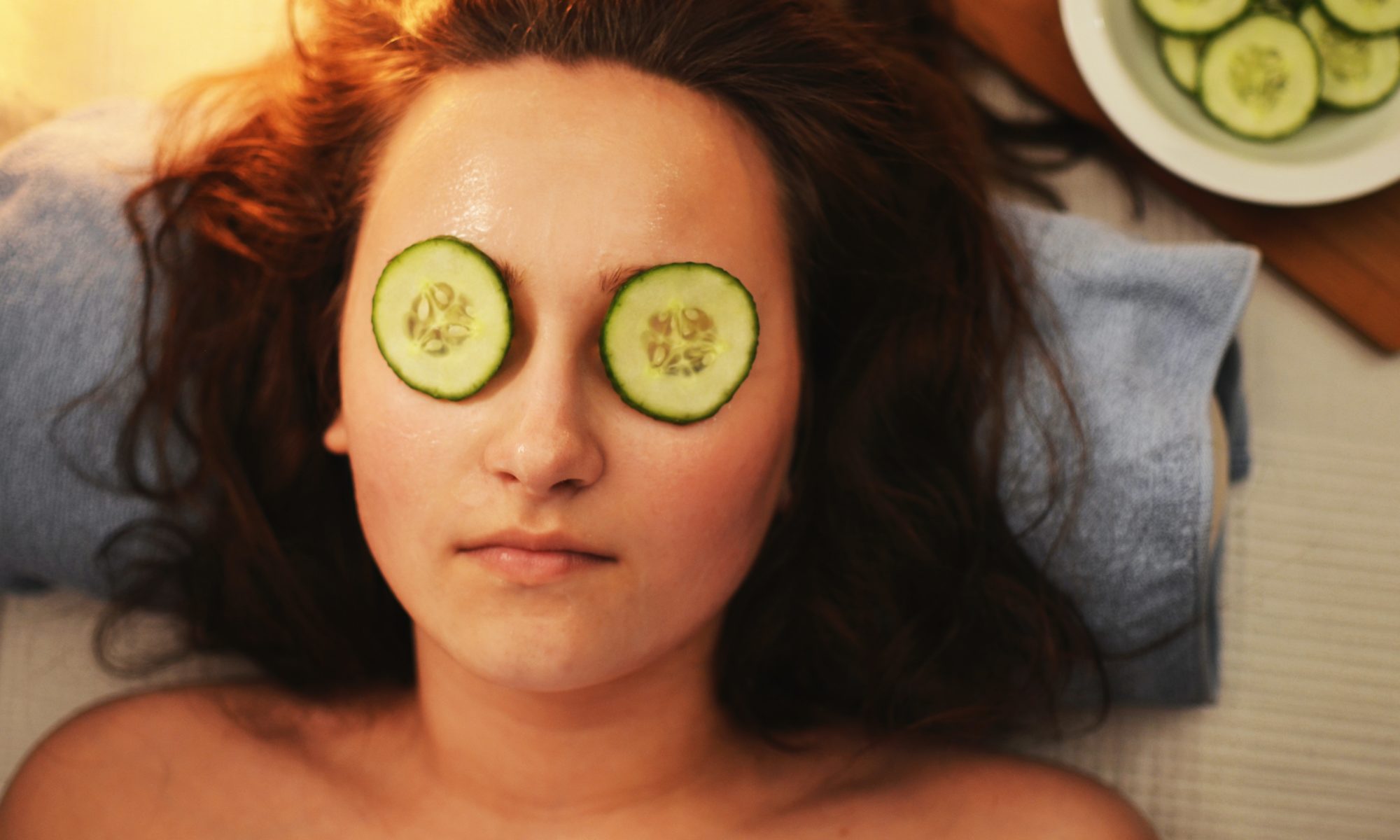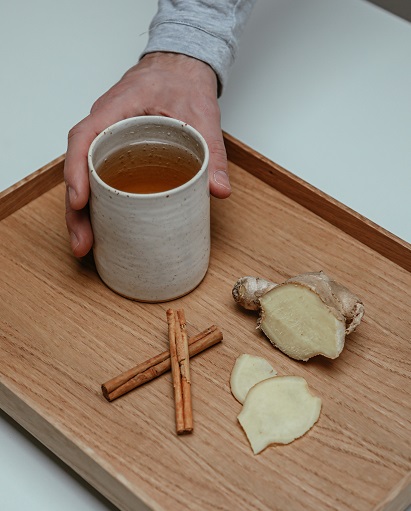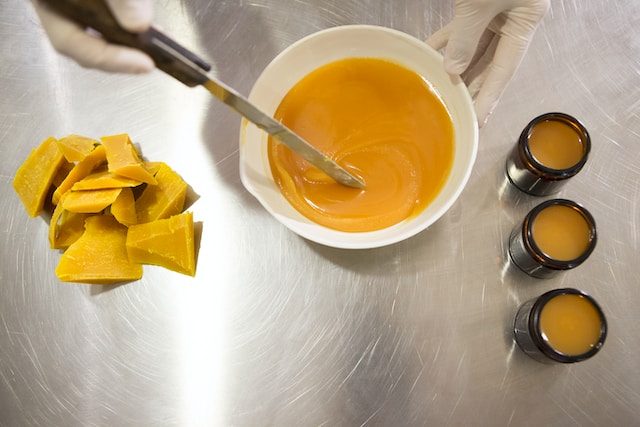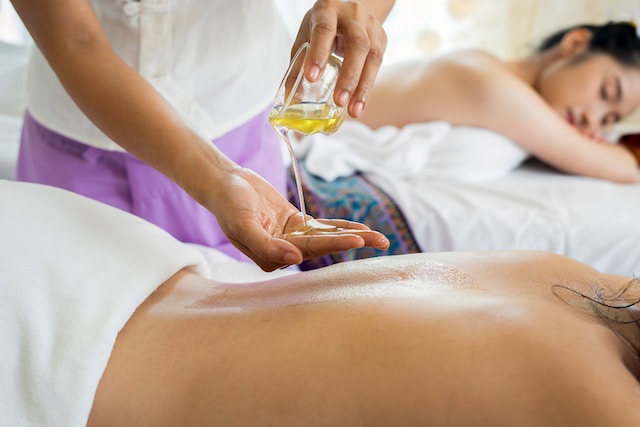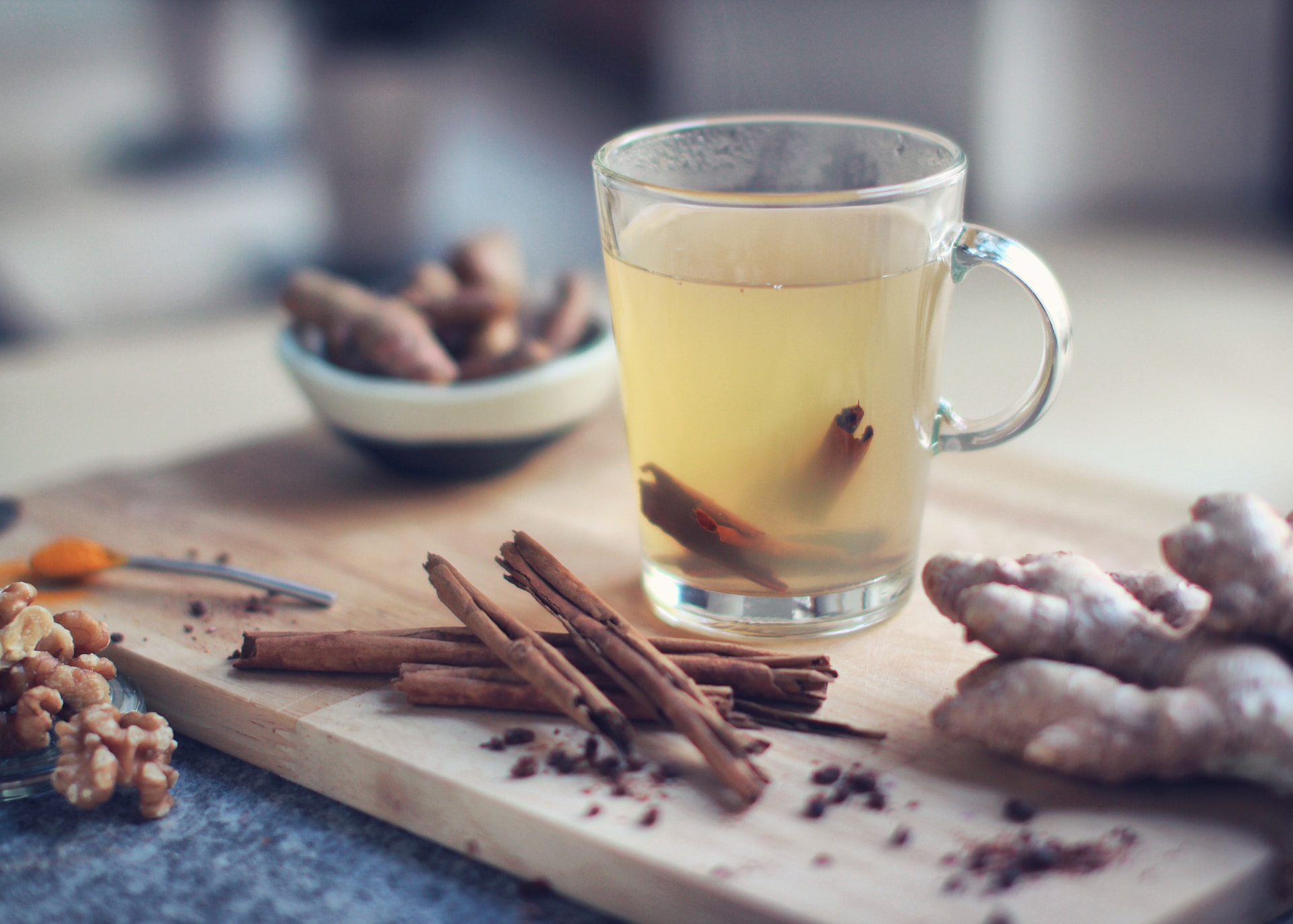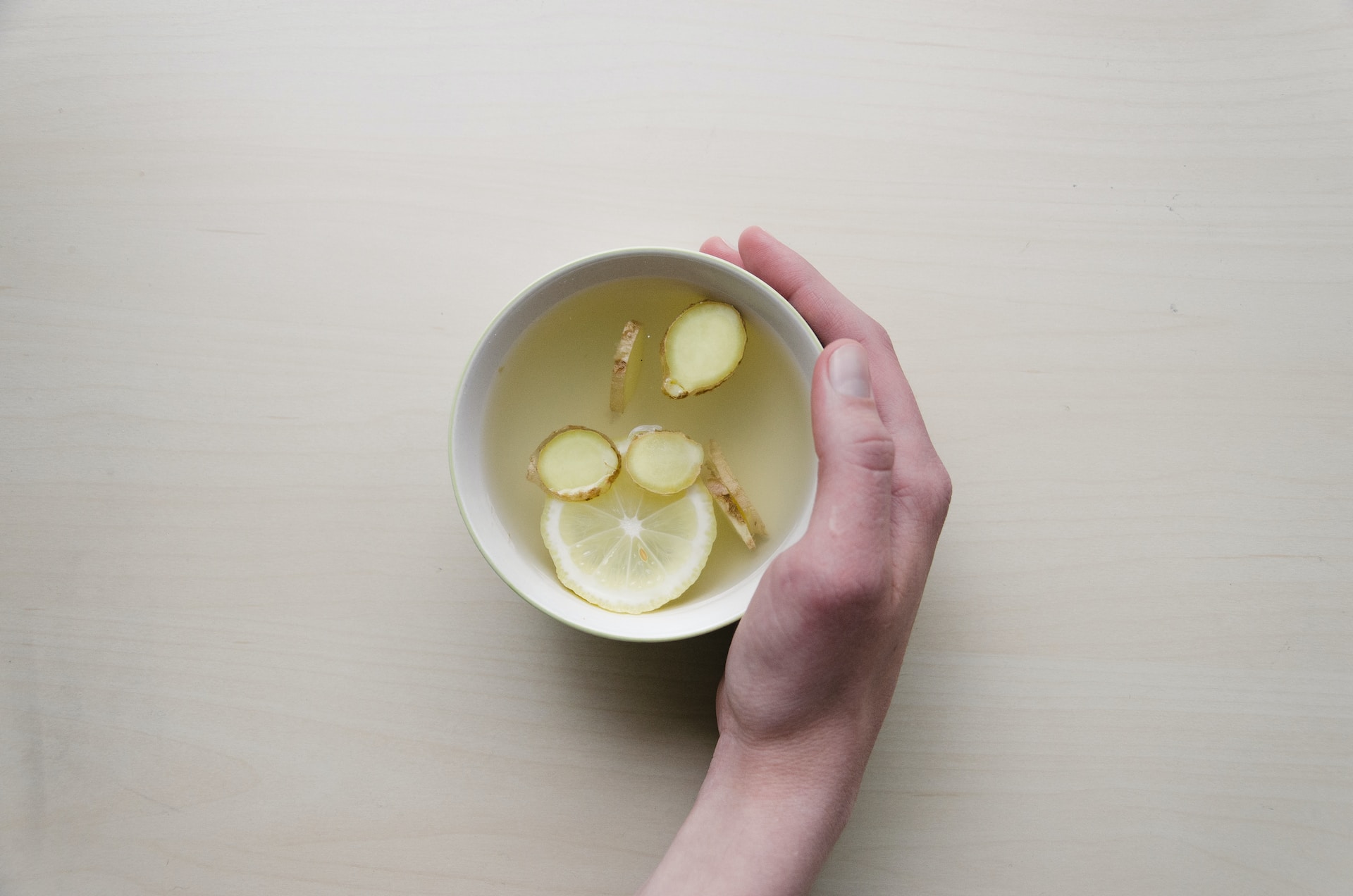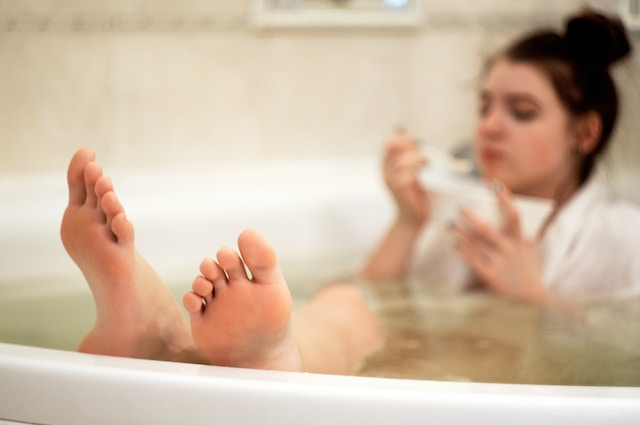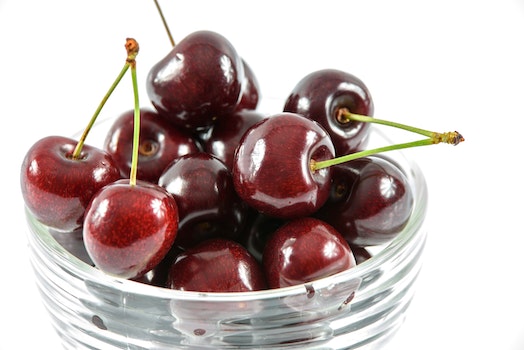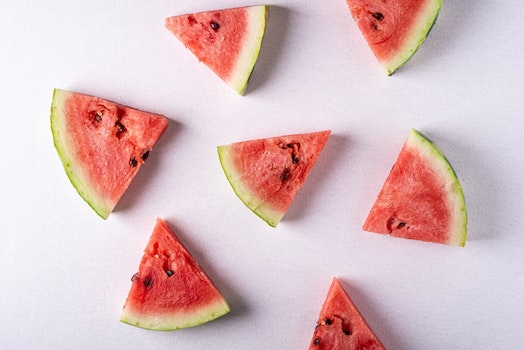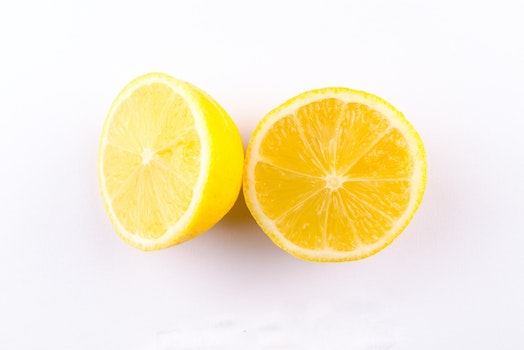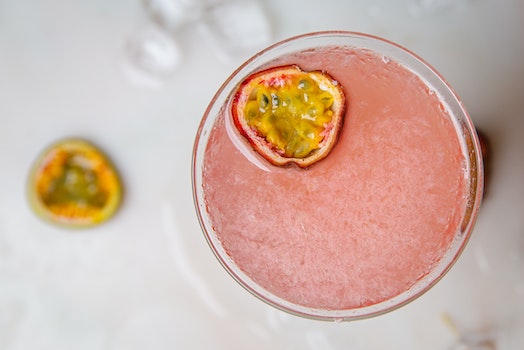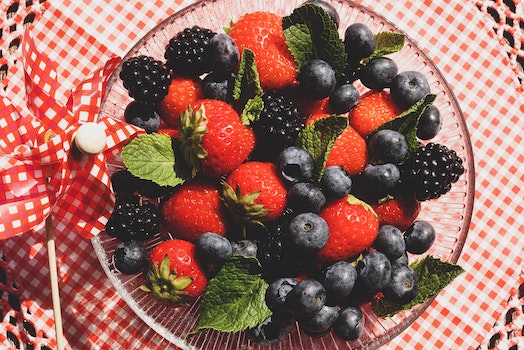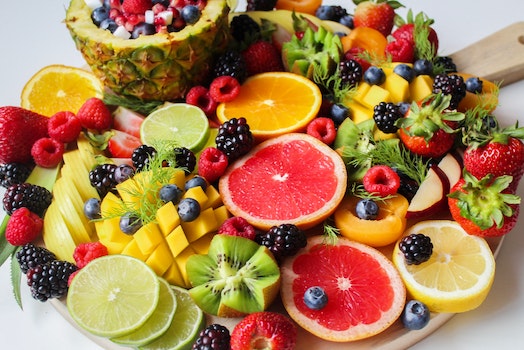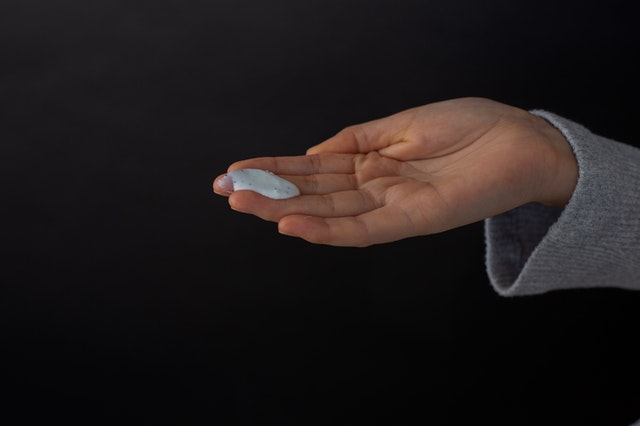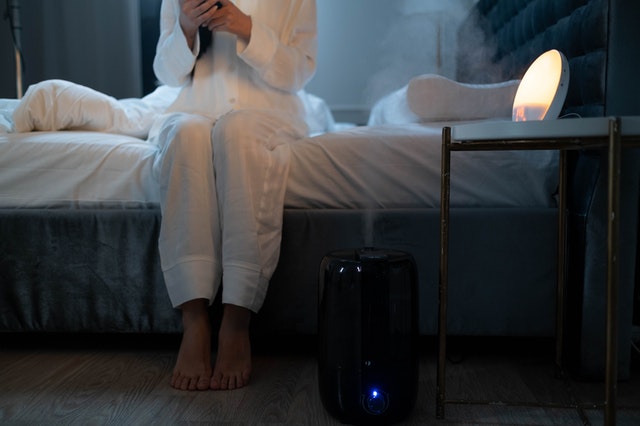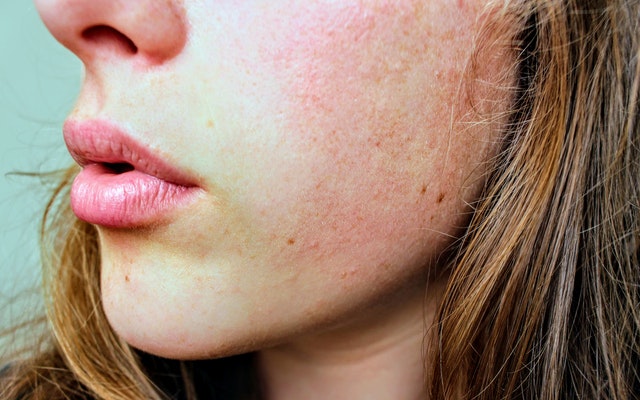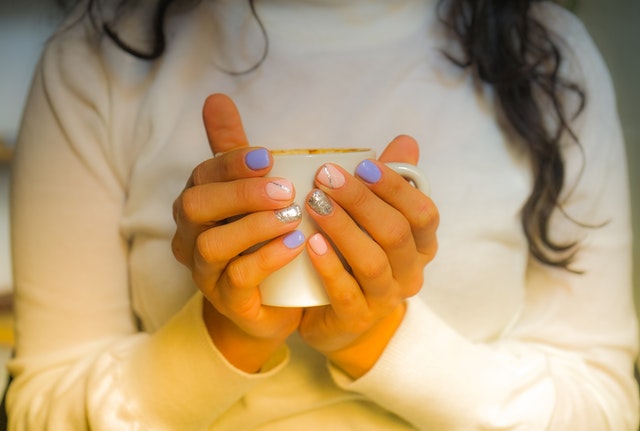With a bit of prep and the right ingredients, you can achieve an at-home facial that rivals the services at the swankiest spa in your area. Get ready for a day of pampering without leaving your abode with this guide to our favorite tips, tricks and recipes.
Remove Dirt With Raw Honey
If you're into natural beauty, you'll appreciate this no-fuss cleanser. Simply rub raw honey into your skin then remove it gently with a warm, damp washcloth. If you prefer not to put the sticky stuff right on your face, try shopping for skincare products that incorporate honey. This ingredient has antiseptic properties that sweep your skin free of bacteria. Fans of honey also report that it helps hold in moisture without making the skin oily.
Banish Blemishes With Banana
This mask blends 1/2 tsp. each of turmeric and baking soda with a single mashed banana. The vitamin A in the flesh of the fruit helps keep pores clear and encourages skin cell turnover, which helps rid your complexion of acne. Baking soda soaks up excess oil for an ultra-matte finish while turmeric kills germs that contribute to blemishes. Turmeric also reportedly helps even skin tone and reduces the appearance of acne scars and sunspots. Let this mask set on your skin for 20 minutes and then rinse with cool water.
Tone Up With Vinegar
Effectively remove bacteria and residue from the skin after cleansing without the harshness of traditional alcohol-based toner. Try adding 1 tablespoon of apple cider vinegar to 2 cups warm water for a custom facial rinse that's as gentle as it is powerful.
Calm Skin With Lavender
You already know lavender has mood-boosting effects with a calming scent that can help you sleep better at night. This flowery herb can also soothe redness and inflammation that impact your complexion. Make a paste out of a ripe avocado, which delivers moisturizing, disease-fighting antioxidants. Add a few drops of your favorite lavender oil along with a teaspoon of coconut oil for even more hydration and a bit of honey to keep acne at bay.
Enhance Texture With Yogurt
Plain old yogurt from your fridge can encourage rapid cell turnover that keeps skin looking soft, supple and youthful. This basic dairy product is packed with lactic acid, which you might recognize as an active ingredient in high-end skincare lines. Mix it with equal parts turmeric and honey and let dry on your skin for 10 to 20 minutes.
Brighten and Glow With Papaya
This tropical fruit is your antidote for dull skin. For an even, glowing complexion, mash a quarter of the pulp with a bit of aloe vera gel and a tablespoon of cacao powder. The aloe is packed with vitamins, minerals and antioxidants that heal and hydrate while sloughing off dead cells that can clog the pores and lead to breakouts. Cacao helps repair the skin's moisture barrier, which declines in quality as we age.
Exfoliate With Sugar
This sweet scrub combines sugar and honey to remove bacteria, dead skin and other debris. Measure out 3 tablespoons of raw honey and mix in brown sugar until you get a paste-like consistency. Add a tablespoon or two of coconut, olive or almond oil, which adds hydration and helps create a spreadable texture. You can use this on your face or anywhere on your body as long as you don't have sensitive skin. Leave on for up to 10 minutes before rinsing with warm water.
For the price of a bag of groceries, you'll have a complexion that looks its absolute best and an easy, affordable skincare routine to maintain.

